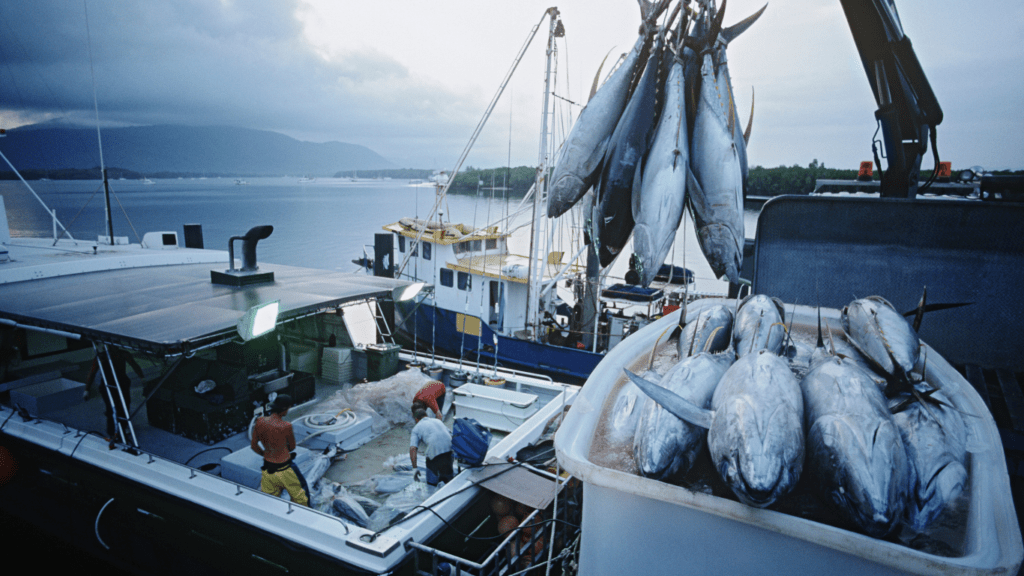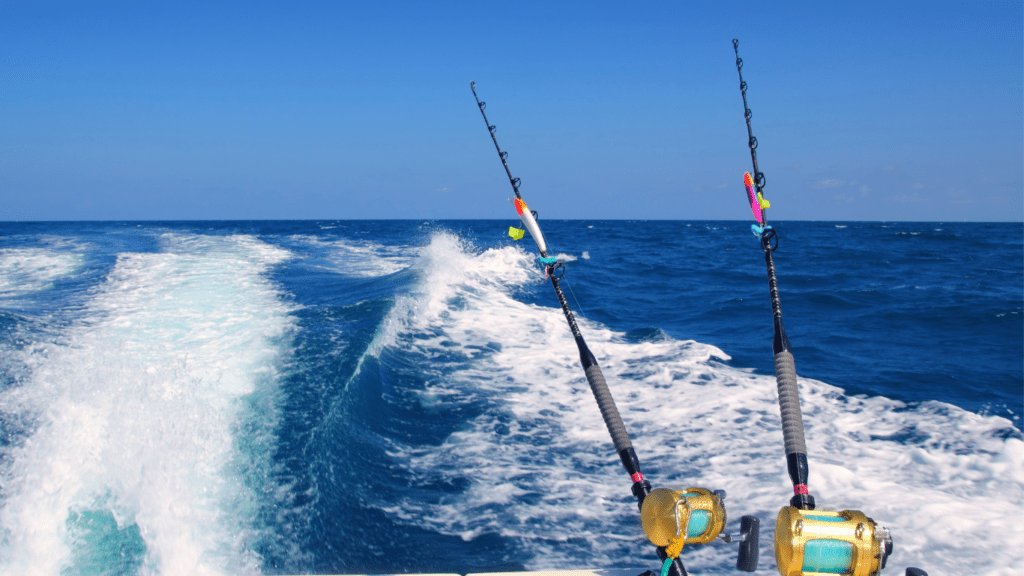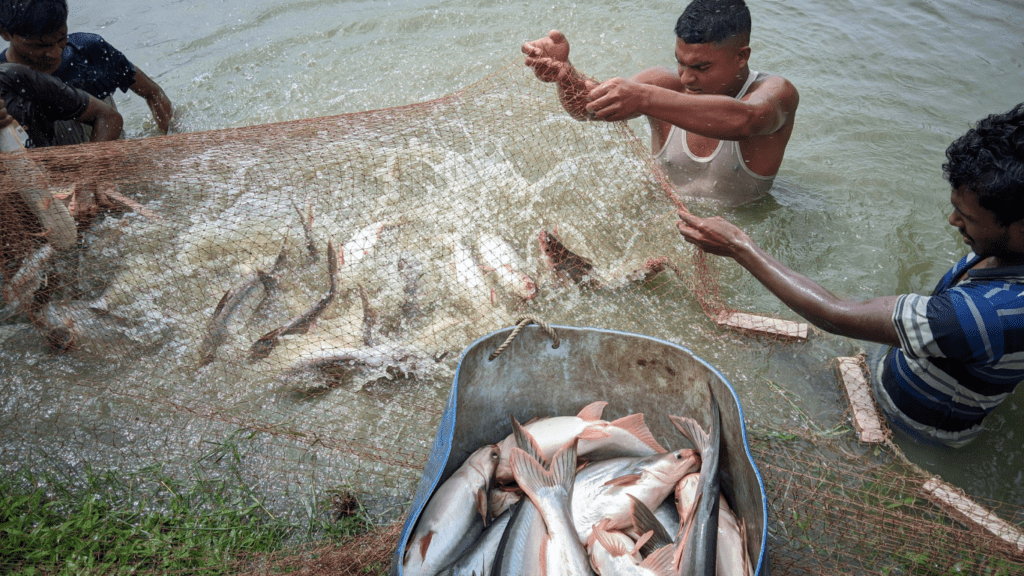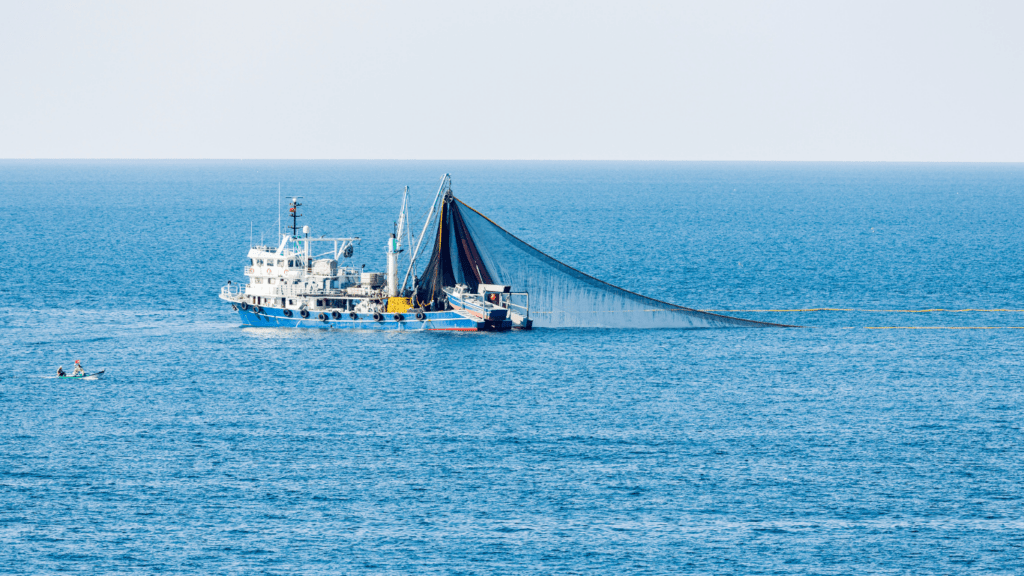What Makes A Fishing Destination Eco-Friendly?
Eco-friendly fishing destinations combine exhilarating fishing opportunities with responsible environmental stewardship. These locations emphasize sustainability and conservation to protect ecosystems and enhance biodiversity.
Principles Of Sustainable Fishing
Sustainable fishing focuses on preserving fish populations and aquatic habitats. It includes practices like adhering to catch-and-release guidelines or size limits to ensure species regeneration. Using barbless hooks and eco-friendly tackle minimizes harm to marine life. Local regulations often enforce sustainable quotas, reducing overfishing risks. For example, Alaska promotes sustainable salmon fishing by setting annual harvest quotas based on scientific assessments.
The Role Of Conservation Efforts
Conservation efforts safeguard ecosystems and support sustainable fishing practices. Many destinations integrate marine protected areas, such as Florida’s Everglades, where fishing zones coexist with strict preservation guidelines. These efforts often involve habitat restoration projects, such as mangrove replanting, which enhance breeding grounds. By supporting grassroots conservation initiatives, destinations help maintain vital ecosystems for future generations of anglers.
Top Eco-Friendly Fishing Destinations
Exploring eco-friendly fishing destinations offers an opportunity to combine adventure with conservation. These locations strike a balance between thrilling fishing experiences and sustainable practices.
Pristine Lakes And Rivers
Fishing in pristine freshwater systems allows me to engage with untouched environments. Locations like Alaska’s Bristol Bay support world-renowned fisheries through strict conservation policies, protecting salmon populations and their habitats. Similarly, Canada’s Great Bear Rainforest features crystal-clear rivers and a commitment to sustainable catch-and-release regulations for steelhead trout and other species. These practices ensure fish stocks remain healthy while preserving local ecosystems.
Coastal Paradises
Coastal fishing destinations offer abundant marine biodiversity under eco-friendly policies. Places like Australia’s Great Barrier Reef employ strict fishing zones and marine protected areas to ensure fish stocks and coral ecosystems thrive. Belize’s Hol Chan Marine Reserve highlights eco-tourism with its no-take zones, safeguarding species like bonefish and tarpon. By visiting these locations, I support habitats that prioritize both marine life and responsible angling practices.
Benefits Of Eco-Friendly Fishing Destinations

Eco-friendly fishing destinations enhance the joy of angling while promoting sustainability. These locations balance conservation-driven practices with exceptional fishing experiences.
Protecting Marine Ecosystems
Eco-friendly fishing destinations actively preserve aquatic habitats. Many adopt measures like:
- no-fishing zones
- catch limits
- seasonal restrictions
to maintain fish populations. For instance, marine protected areas such as the Galápagos Islands keep ecosystems thriving through regulated resource use. These practices also reduce habitat destruction, ensuring the survival of diverse marine species like coral reefs and migratory fish.
Supporting Local Communities
These destinations contribute directly to the well-being of nearby communities. Sustainable fishing promotes eco-tourism, which generates local income through lodging, guided tours, and traditional crafts. In destinations like Belize’s Hol Chan Marine Reserve, conservation-related jobs allow residents to remain connected to their cultural roots while earning livelihoods. By visiting, I support initiatives that empower these communities and preserve local traditions.
Tips For Planning An Eco-Friendly Fishing Adventure
Planning an eco-friendly fishing adventure blends excitement with environmental awareness. Thoughtful preparation ensures sustainable practices align with the joy of angling.
Choosing Sustainable Tour Operators
- I prioritize selecting tour operators committed to sustainability.
- Reputable operators adhere to eco-focused policies, such as using energy-efficient boats, partnering with conservation groups, and enforcing responsible fishing guidelines like catch-and-release policies.
- Operators often highlight certifications like the Marine Stewardship Council (MSC) or eco-tourism accreditations, which ensure they operate responsibly.
- Tours in Alaska’s Bristol Bay routinely partner with local conservationists to protect salmon habitats.
- Recommendations or reviews from conservation organizations provide additional assurance of an operator’s credibility.
Minimizing Your Environmental Impact
I embrace practices that reduce my environmental footprint during fishing trips. Using gear made from biodegradable or non-toxic materials, such as lead-free weights and barbless hooks, helps prevent harm to aquatic habitats. I follow location-specific catch-and-release rules, aiming to handle fish gently and release them quickly. Proper trash disposal, avoiding single-use plastics, and supporting local eco-conscious businesses further contribute to sustainability. Additionally, I avoid overfished areas or sensitive breeding zones, ensuring that marine ecosystems remain intact for the future. For instance, in Belize’s Hol Chan Marine Reserve, adhering to catch limits preserves critical marine biodiversity essential to the area.





